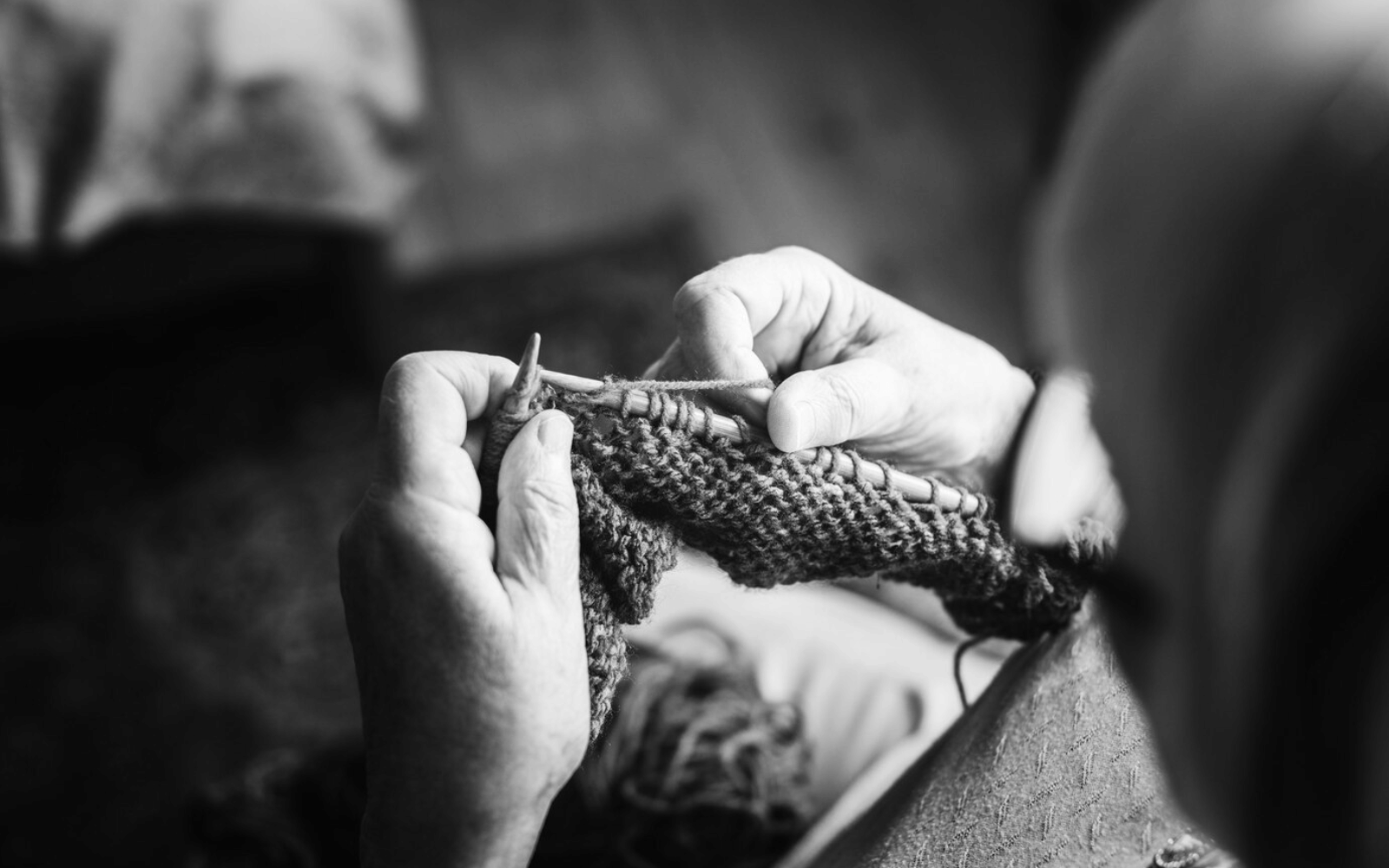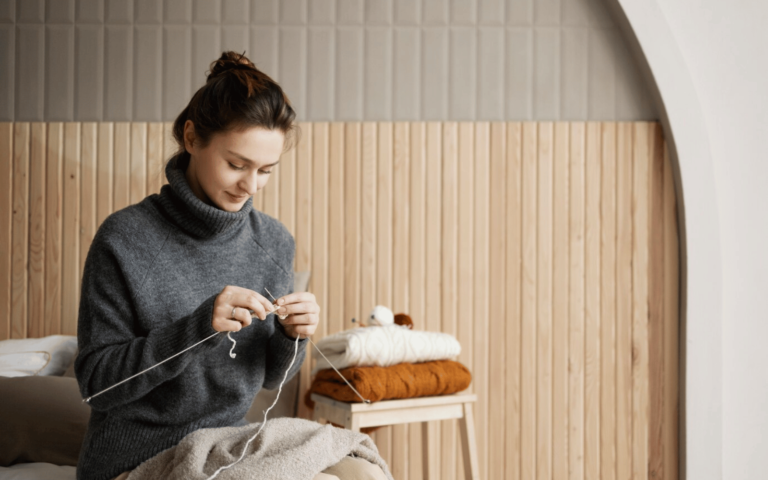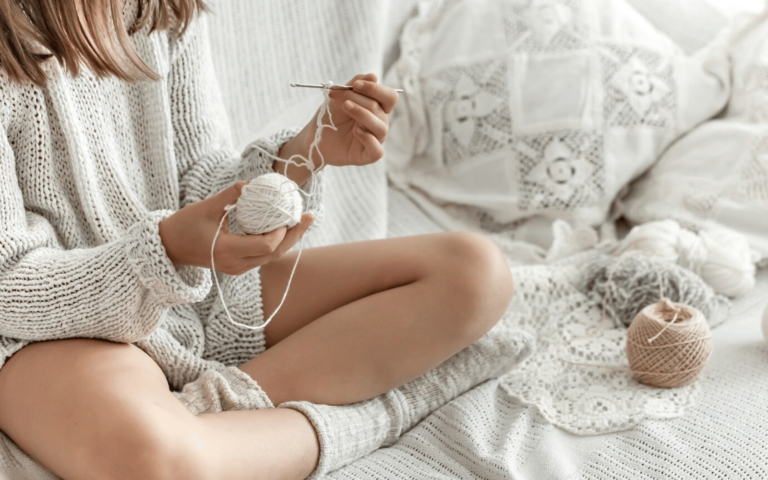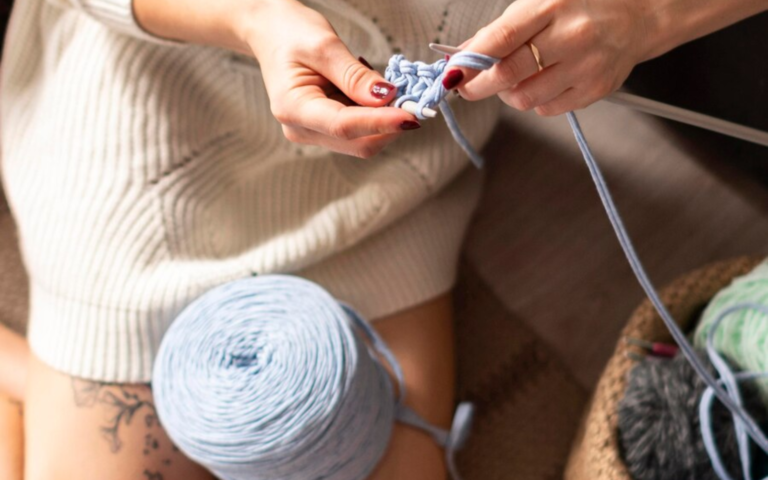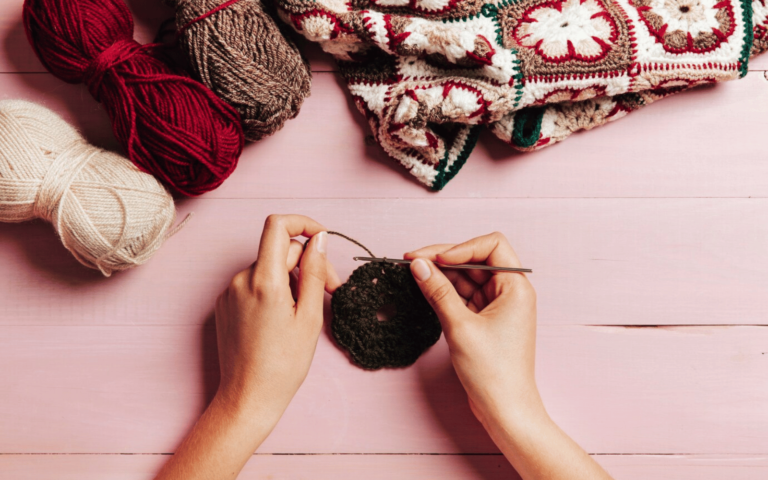Crochet Trends from Hundred Years in the Past: Unraveling the Timeless Craft
Crochet, a craft with a history deeply intertwined with the evolution of textiles, has roots dating back to the 19th century. In analyzing the origins and definition of crochet, we delve into the distinctive features that set it apart from other textile crafts. The emergence of crocheted fabric in Europe during the 19th century marked a pivotal moment, establishing crochet as a unique and intricate art form. Understanding the historical context and the early forms of crocheted fabric is essential to unraveling the rich tapestry of crochet trends over the centuries. Crochet, often mistaken for other textile crafts, stands out for its distinctiveness and intricate patterns. Defined by the creation of fabric using a single hooked needle, crochet has a rich history that sets it apart from knitting and other related crafts. The term “crochet” itself is derived from the Middle French word “crochet,” meaning hook. This choice of terminology emphasizes the fundamental tool used in the craft—the crochet hook.
Evolution of Crochet Over Centuries
To comprehend the evolution of crochet, it’s to acknowledge the historical roots of knitted textiles. As early as the 11th century CE, knitted fabrics began to emerge, showcasing the craftsmanship of individuals who meticulously created textiles with interlocking loops of yarn. Knitting, with its distinct characteristics, laid the groundwork for the broader world of textile arts. However, it was during the 19th century that crochet truly came into its own. The first substantive evidence of crocheted fabric in Europe marked a departure from traditional knitting methods. The use of a single hooked needle distinguished crochet from its textile counterparts, allowing for greater versatility in design and pattern creation. This pivotal moment in the 19th century set the stage for the intricate and varied crochet trends that would unfold in the years to come. The 19th century witnessed a transformative period for crochet, as it evolved from a niche craft to a widely practiced art form. The emergence of crocheted fabric in Europe during this era marked a departure from traditional textile techniques. The distinct features of crocheted fabric, including its tight stitches and intricate patterns, set it apart as a unique and versatile craft. The widespread adoption of crochet during the 19th century can be attributed to several factors, including changes in fashion trends and the accessibility of materials. As crocheting became more popular, artisans experimented with different stitches and patterns, contributing to the rich tapestry of crochet history. The evolution of crochet during this period laid the foundation for the iconic garments and trends that would characterize later decades.
Iconic Crochet Garments: 1930s to 1980s
The 1930s marked a significant era for crochet, particularly in the realm of fashion. Vintage crochet dresses became emblematic of the craftsmanship and creativity embedded in crochet. Influenced by the prevailing fashion trends of the time, crochet dresses from the 1930s showcased a fusion of elegance and intricacy. Crafters embraced the challenge of creating garments that not only adhered to the styles of the era but also pushed the boundaries of what crochet could achieve. As the 1940s and 1950s unfolded, crochet adapted to changing fashion landscapes. The resilience of crochet as a craft was evident in its ability to remain relevant and versatile. Styles evolved, incorporating new techniques and materials, and crochet continued to be a favored choice for creating timeless and fashionable garments.
The revolutionary 1960s marked a crochet boom, paralleling the swinging fashions of the time. Crochet became a symbol of counterculture and self-expression. The vibrant colors and free-spirited designs reflected the changing societal norms, making crochet a staple in the wardrobes of those seeking to break away from traditional fashion constraints. Moving into the 1970s and 1980s, crochet experienced further evolution in both design and techniques. The craft adapted to the eclectic styles of the disco era and the bold, dynamic fashion statements of the 1980s. Crochet became a medium for self-expression, allowing individuals to craft garments that reflected their personalities and embraced the spirit of the times.
Crochet’s Role in Fashion Evolution
The integration of crochet into mainstream fashion during the mid-20th century marked a transformative period for the craft. Crochet dresses and skirts, once confined to niche markets, found their way into the fashion forefront. Designers began incorporating crochet into haute couture, blurring the lines between traditional craftsmanship and high fashion. The adaptability of crochet to various styles and trends allowed it to maintain its relevance through the years. Dresses adorned with intricate crochet patterns became a symbol of bohemian chic, capturing the imaginations of fashion enthusiasts globally. The versatility of crochet allowed designers to experiment with different shapes, colors, and textures, resulting in garments that were both timeless and on-trend.
Global Crochet Trends and Cultural Influences
One of the fascinating aspects of crochet is its ability to transcend cultural boundaries, with each region adding its unique flair to the craft. Analyzing the cultural variations in crochet history unveils a diverse tapestry of techniques, patterns, and materials used by different communities. In various cultures, crochet was not only a practical skill but also a means of storytelling. Patterns often carried cultural significance, with artisans infusing their creations with symbolism and tradition. Understanding the cultural variations in crochet history provides insight into the global impact of this timeless craft.
The world map of crochet is adorned with unique patterns and techniques originating from different regions. In Ireland, the art of Irish lace crochet gained prominence, characterized by delicate motifs and intricate designs. In South America, vibrant colors and bold patterns became synonymous with crochet, reflecting the rich cultural heritage of the continent. As crochet spread across continents, it underwent transformations influenced by local traditions and available materials. The result is a rich tapestry of global crochet trends, each telling a unique story of creativity, innovation, and cultural expression.
Modern Resurgence of Vintage Crochet
In recent years, there has been a notable resurgence of interest in vintage crochet. Nostalgia plays a significant role as crafters and fashion enthusiasts alike rediscover the charm and elegance of classic crochet styles. Vintage crochet patterns, once tucked away in blanket, the marriage of past and present creates truly unique and personalized pieces. This approach allows crafters to pay homage to the timelessness of crochet while making a distinct mark in the current crafting landscape. As crafters embark on projects that meld vintage and modern crochet, there is an opportunity to experiment with color, texture, and silhouette. The adaptability of crochet as a medium enables the seamless integration of classic and contemporary elements. Crafters can analyze the interplay between traditional stitches and innovative design, resulting in pieces that tell a story of the enduring legacy of crochet.
The Artistic Nuances of Crochet Patterns
Crochet, as an art form, extends far beyond simple needlework; it encompasses a vast expanse of patterns, each reflecting the cultural and personal intricacies of its creator. Over the decades, the evolution of crochet patterns has served as a mirror, reflecting societal trends, economic conditions, and artistic movements. This discourse will delve into the patterns that have defined various eras, focusing on how they have been preserved and adapted in contemporary designs, underscoring the continuous thread of creativity that crochet brings to the world of crafts.
From the elaborate Irish crochet lace that became a savior for many families during the potato famine to the vibrant granny squares that colored the 1970s with their psychedelic patterns, each style carries a story. Irish crochet, characterized by its intricate, mesh-like patterns, saw a revival in the early 20th century as it was adopted by fashion houses in Europe, merging utility with luxury. Meanwhile, the granny square—a motif of coziness often seen in the throws and shawls of today—originated from the economical need to use up excess yarn. These squares were not only practical but also became a symbol of the era’s free-spiritedness, often replicated in contemporary fashion and home décor.
In more recent years, the introduction of hyperbolic crochet patterns in the 1990s showcased how the craft could intersect with mathematics, leading to the creation of coral reef models and other complex structures. This was not just about creating wearable items or decorative pieces but also about illustrating complex theories through tactile means. The juxtaposition of soft yarns with the rigid formulas of geometry invited a new demographic to appreciate and engage with crochet, further expanding its relevance and application.
Moreover, the resurgence of filet crochet, which uses grid-like patterns to create images or words, highlights how traditional methods can adapt to modern tastes. This technique, which dates back to the 19th century, is now frequently used in contemporary wall hangings, demonstrating how historical patterns can be reinterpreted in a modern context. Such adaptations not only honor the legacy of the past but also ensure that these skills are not lost to time.
The impact of technology on crochet patterns has been significant. The internet has democratized access to countless patterns, allowing crafters from all over the world to share and innovate collectively. This digital exchange has led to an unprecedented fusion of styles, with traditional techniques from one corner of the globe being blended with modern aesthetics from another. This global tapestry of designs not only enriches the craft but also fosters a sense of community among practitioners, transcending geographical and cultural barriers.
Additionally, the role of crochet in therapeutic practices has gained recognition, though it is not a new concept. The repetitive motion and focus required in crochet are known to induce a meditative state, helping individuals to manage stress. While specific terminologies related to wellness are often used to describe these benefits, the essence of crochet’s soothing nature can be appreciated in its rhythmic, methodical process—a universal language of tranquility.
In conclusion, the artistic nuances of crochet patterns are not merely about the stitches and techniques but are deeply woven into the fabric of history and human experience. As we continue to uncover and reinvent these patterns, they serve as both a creative outlet and a connective element, bridging past and present. The evolution of crochet is a testament to its enduring appeal and its ability to adapt to the changing landscapes of art and society, making it a timeless craft that continues to inspire and unite.
Outcome
Finally, the journey through the crochet trends from the past hundred years unveils a narrative of craftsmanship, innovation, and cultural expression. From its humble origins in 19th-century Europe to the crochet boom of the 1960s and the resurgence of interest in vintage crochet today, the craft has woven its way through the fabric of history. Crochet’s role in fashion evolution, its global influences, and the contemporary fusion of vintage and modern design showcase the enduring appeal and versatility of this timeless craft. As we continue to embrace the rich tapestry of crochet trends, both past and present, we discover not only a craft but a form of art that transcends time and borders. Whether you are a seasoned crafter seeking to learn classic crochet techniques or a newcomer eager to analyze the world of vintage-inspired projects, the journey into the history of crochet is a voyage of creativity and self-expression. As the crochet hook weaves through the yarn, connecting the threads of tradition and innovation, the story of crochet continues to unfold, inviting new generations to unravel the beauty of this timeless craft.

